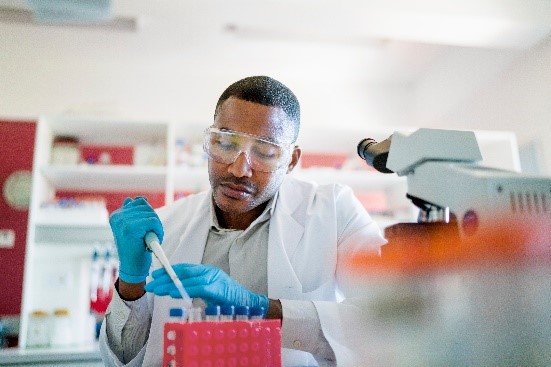Present Manufacturing and the Evolution of Science
Fluorochemistries and the science that powers their use have evolved significantly over decades. Today, our modern lives are made possible through the use of fluorochemistries.
 |
Technologies that help keep us safe, connected, happy and healthy are enabled through fluorochemistries. The key is understanding how we can work together to manufacture and use these materials responsibly for their important properties.
The science of fluorochemistry is very complex, and people may have questions about how – or even if – fluorochemistries can be safely used. To help share the facts, we’ve compiled commonly asked questions about the manufacture and use of fluorochemistries today.
Frequently Asked Questions
Fluorochemistries are used today to help make:
- Medical technologies, such as heart patches that are used for cardiac reconstructions
- Electronics, such as smart phones, wearable fitness trackers, and tablets
- Automobiles and airplanes, including electric and conventional vehicles, as well as commercial airplanes
- Medicines and pharmaceuticals, including life-saving chemotherapy and common prescription medicines that treat conditions like anxiety or depression
- Military and national security technologies, including aircraft control systems and safety equipment
The strong, durable bond between carbon and fluorine atoms is slow to break down – which can help make products that use fluorochemistries very durable in applications where that is important.
In communities where 3M manufactures fluorochemistries, we are taking action to reduce discharges and help protect the environment. We have committed to invest more than $1 billion to help achieve our corporate environmental goals, including reducing overall water use and improving the quality of water that leaves our manufacturing facilities.
3M is also taking proactive steps to reduce our reliance on PFAS through innovation. We will exit PFAS manufacturing and work to discontinue the use of PFAS across our product portfolio by the end of 2025.
View 3M’s position on recent news relating to fluorochemistry regulation and stewardship.
3M welcomes the opportunity to collaborate with external stakeholders who share our goal of advancing the science of fluorochemistry.
